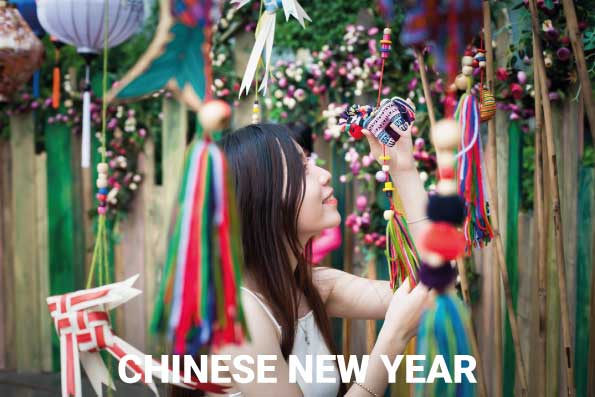Table of contents
Chinese New Year offers a rich cultural moment for young children to explore language, rhythm, and tradition. When teachers and parents introduce nursery poems to kindergarten learners, they create an inviting bridge between celebration and early literacy. Well-structured verses help children absorb new vocabulary, engage with cultural motifs, and develop confidence in recitation. The sections below explore how Chinese New Year poems can be tailored for young minds, why nursery poems are powerful teaching tools, and how educators can incorporate them into festive learning experiences.
Nursery Poems for Cultural Discovery in Kindergarten
Chinese New Year is filled with vibrant symbols—lanterns, firecrackers, red envelopes, and dragon dances—making it fertile ground for crafting nursery poems that capture children’s imaginations. Teachers can use short, rhythmic lines to help learners understand concepts such as good fortune, family unity, and seasonal traditions. By focusing on vivid imagery, these poems spark curiosity and invite children to ask questions, encouraging them to connect cultural elements with their own experiences.

Nursery Poems That Strengthen Early Language Development
Integrating nursery poems into Chinese New Year lessons supports essential language-building skills, including phonemic awareness, vocabulary retention, and expressive speech. Kindergarten learners benefit from repetition and rhyme, and poems written specifically for the holiday can reinforce new words like “dragon,” “lantern,” “peace,” and “prosperity.” As children repeat key phrases, they practice articulation while developing a sense of rhythm that strengthens both reading readiness and listening comprehension.
Nursery Poems for Classroom Engagement and Participation
During Chinese New Year activities, nursery poems serve as interactive tools that encourage active participation. Short group recitations allow shy students to join in without pressure, while motions—such as pretending to light lanterns or perform lion dance steps—can be paired with lines of verse to boost engagement. These multisensory approaches help children internalize meaning and associate poetry with joy and movement, enhancing both cognitive and social learning.
Nursery Poems That Celebrate Symbolism and Storytelling
Chinese New Year traditions are rooted in stories, from the myth of Nian to the significance of zodiac animals. Teachers can introduce simplified versions of these stories and transform them into nursery poems that highlight core themes such as bravery, kindness, and renewal. By presenting cultural symbolism through accessible language, children learn to appreciate storytelling as a way to understand the world around them, while also expanding their grasp of narrative structure.
Modern Child Rearing Techniques Backed by Developmental Science
Nursery Poems for Family-School Connection During the Festival
Chinese New Year is a family-centered celebration, and educators can strengthen home–school connections by sending simple nursery poems home for children to share. Whether recited at family gatherings or practiced as part of a take-home literacy activity, these poems foster bonding and cultural pride. Parents gain an opportunity to participate in classroom learning, while children enjoy the confidence that comes from performing meaningful verses in familiar settings.
Colors and Culture
A parade of colors, a sight so grand,
With cultural performances across the land.
Dancers leap and drummers play,
In a joyful, vibrant display.
Flags wave high and music soars,
As the crowd’s excitement roars.
Each performance a story told,
In this parade of red and gold.
So watch with joy and hearts so light,
As the parade fills up the night.
For in each step and every spin,
Cultural magic will begin.
The Lion’s Dance
On the street where lanterns glow,
The lion leaps and dances so.
Its costume bright in red and gold,
Tells a story brave and bold.
With every step and every twirl,
The lion’s charm makes our hearts whirl.
The drummers beat a rhythmic sound,
As the lion leaps from the ground.
With eyes so bright and movements fast,
The lion dance is a spell that’s cast.
A performance full of cheer and grace,
A joyous dance we all embrace.